The Arctic Ocean is a vulnerable environment with unique ecosystems that are adapted to harsh conditions. Global climate change has driven drastic large-scale environmental change in Arctic environments much more so than almost any other environment on Earth. The Arctic contains abundant offshore and onshore permafrost that is increasingly unstable and degrading under warmer conditions. The most pronounced warming in the Arctic is in the East Siberian region, where surface air temperature increased by 5ºC between 2000-2005. Enormous stores of methane (CH4) gas are present in the Arctic tundra soils and marine sediments. Most of this CH4 is present offshore, stored as gas hydrate. Accelerated warming and the resultant thawing of offshore permafrost may increase CH4 emission gradually, or there may be a “tipping point,” at which time CH4 emissions increase dramatically.
Biological processes in the Arctic’s cold waters are generally slower relative to those occurring in warmer seas areas, so perturbations to the Arctic system may require a significantly longer recovery period, if the system recovers at all. Our research in the Arctic aims to further our knowledge of the processes mediating methane dynamics in sediments since these environments play both a critical role in the regulation of global climate, and is sensitive to the increased global temperatures resulting from increased concentrations of greenhouse gases in Earth’s atmosphere.
Our work in the Arctic tracks the sources, cycling and fate of methane in sediments and in the water column to help describe and constrain patterns of methane cycling in the Arctic today and predict what might happen in the future.

